Physical Address
304 North Cardinal St.
Dorchester Center, MA 02124
Physical Address
304 North Cardinal St.
Dorchester Center, MA 02124
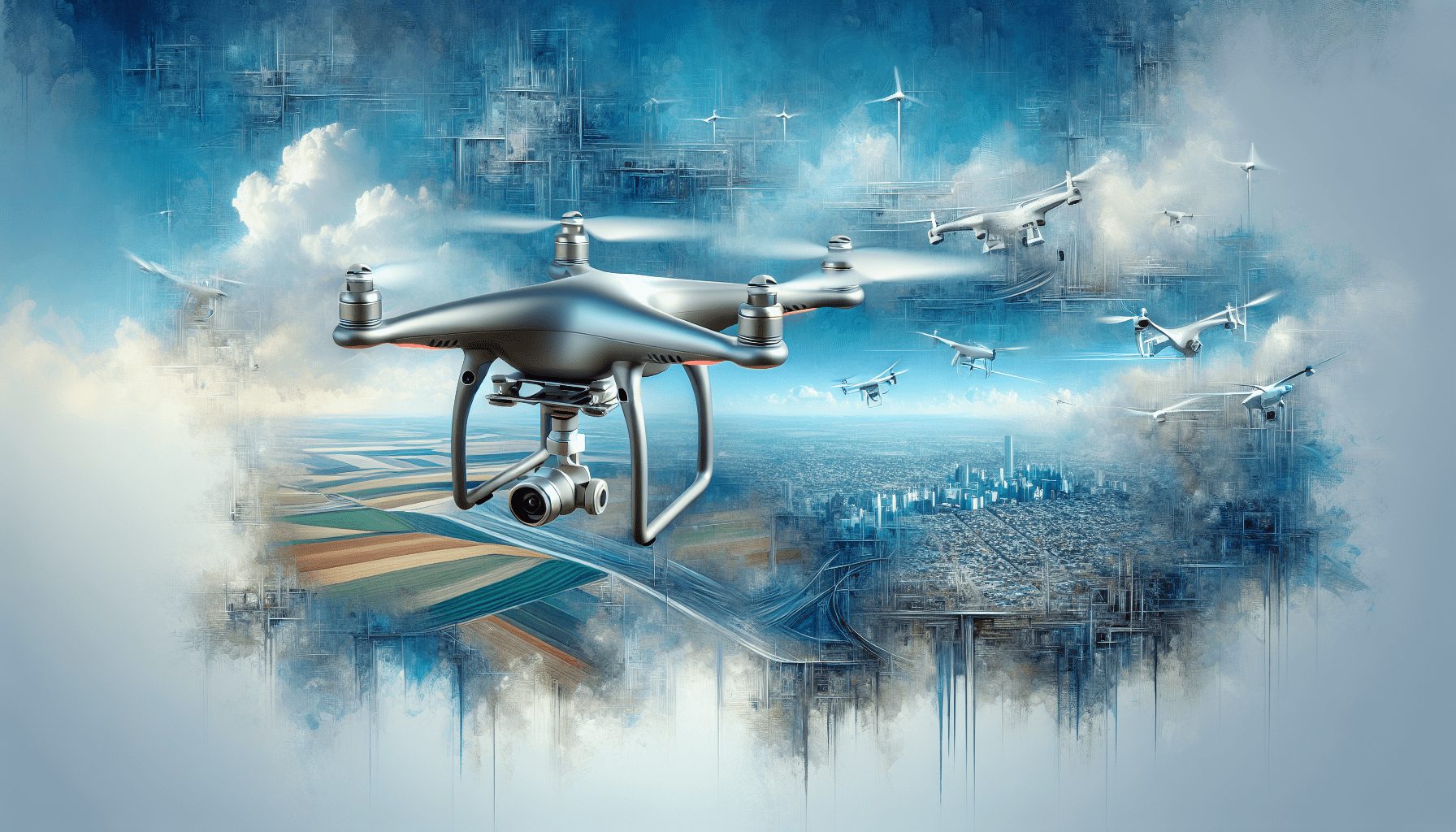

This post may contain affiliate links. As an Amazon Associate, we may earn commissions from qualifying purchases.
Have you ever wondered about the incredible range of applications for drones today? These flying marvels have come a long way since their inception, evolving from basic remote-controlled aircraft to sophisticated machines with diverse functionalities.
Drones, or Unmanned Aerial Vehicles (UAVs), were initially used in military operations, but their capabilities have since expanded into various sectors. Their affordability, ease of use, and ability to capture high-resolution images and videos have made them increasingly popular. Let’s explore the numerous common uses of drones across different fields.
One of the most well-known applications of drones is in aerial photography and videography. Whether for professional photographers, filmmakers, or hobbyists, drones have revolutionized the way we capture images and videos from above.
For real estate professionals, drones provide an edge in showcasing properties. High-quality aerial shots and videos can highlight the unique features of a home, land, or commercial property, offering potential buyers a comprehensive view.
In the film and media industry, drones are used to capture breathtaking aerial sequences that were once impossible without expensive helicopter rentals. Drones enable filmmakers to shoot complex and dynamic scenes with ease, adding new dimensions to storytelling.
Event planners and wedding photographers use drones to capture stunning aerial perspectives. From large outdoor events to intimate weddings, drones can document special moments from unique angles.
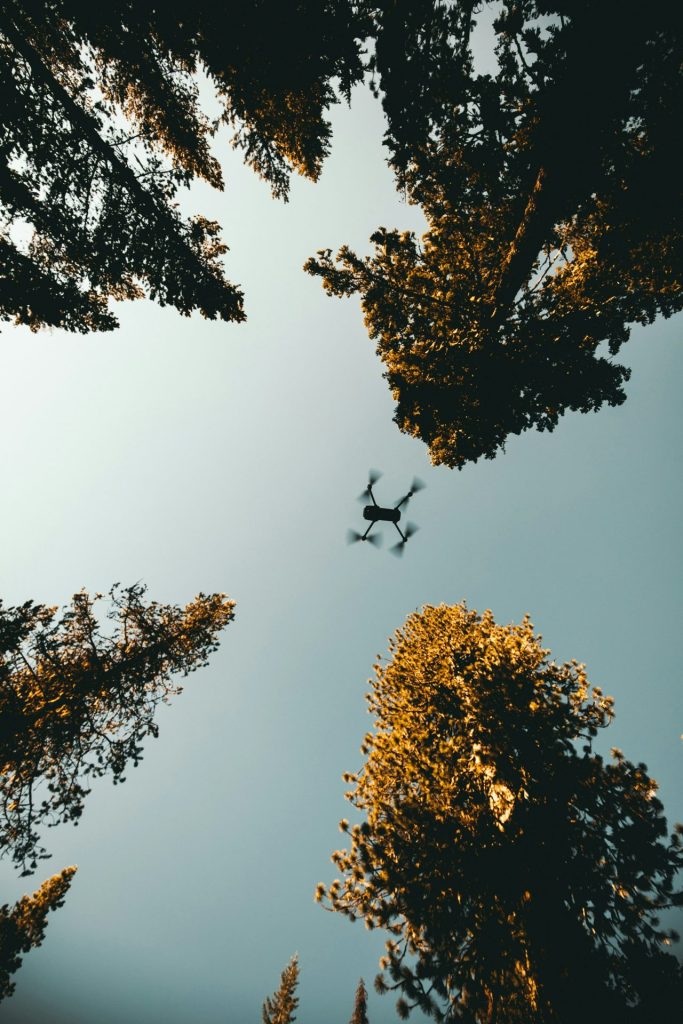
Agriculture is another sector where drones have made a significant impact. Precision agriculture is enhanced by the use of UAVs, helping farmers optimize their operations.
Drones equipped with sensors and cameras can monitor crop health efficiently. By capturing multi-spectral images, drones help identify issues such as irrigation problems, pest infestations, and nutrient deficiencies. Farmers can make informed decisions to improve yield and reduce waste.
| Benefit | Description |
|---|---|
| Health Monitoring | Detecting plant diseases and stress early |
| Efficient Irrigation | Identifying areas that need more or less water |
| Pest Management | Spotting pest hotspots for targeted treatment |
Drones can provide valuable data for soil and field analysis. Advanced sensors can create detailed maps of soil properties, helping in planning seed planting patterns and optimizing land use.
In large farms, drones offer an efficient way to monitor livestock. UAVs can track herd movement, check perimeter fences, and identify injured or lost animals without the need for manual inspection.
Environmental conservation efforts have greatly benefited from drone technology. UAVs facilitate the monitoring and protection of natural habitats, wildlife, and ecosystems.
Conservationists use drones to observe wildlife without disturbing them. This is particularly useful for studying animal behavior in remote locations, tracking endangered species, and combating poaching.
Forestry management also sees significant advantages. Drones can map large forest areas, monitor tree health, and detect illegal logging activities. By providing detailed aerial surveys, drones support sustainable forest management practices.
Researchers deploy drones to gather data on climate patterns and environmental changes. UAVs can collect air quality data, monitor glacier melt rates, and observe natural disasters such as wildfires or hurricanes in real-time.
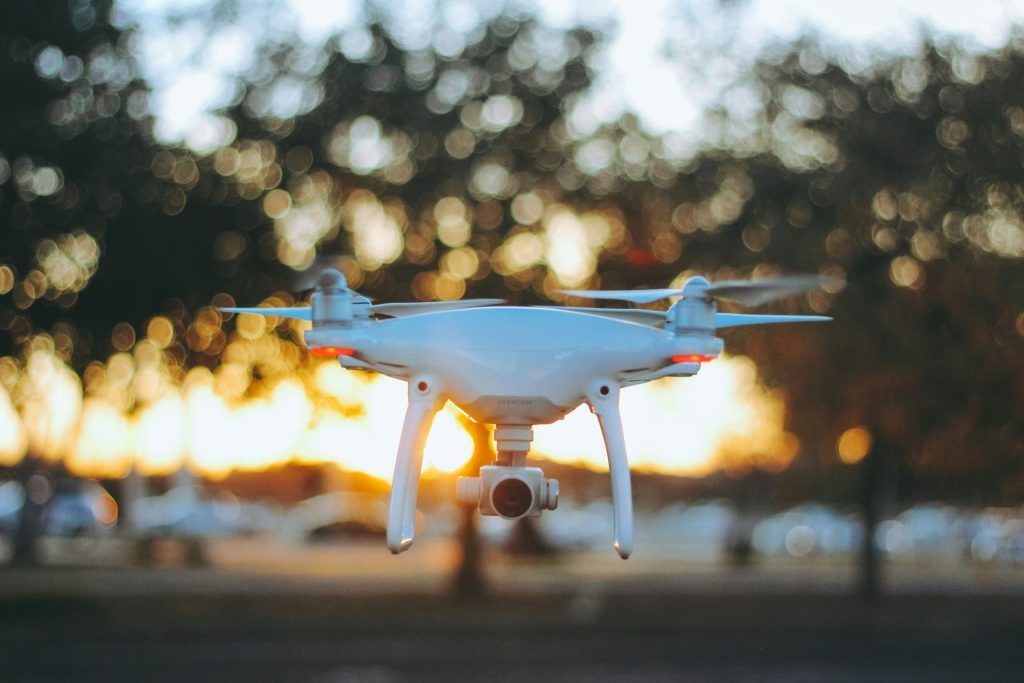
In the construction industry, drones enhance efficiency, safety, and accuracy. UAVs provide real-time data that is crucial for planning and executing construction projects.
Traditional surveying methods can be time-consuming and prone to human error. Drones, however, can quickly survey large areas and produce highly accurate topographical maps and 3D models.
Construction companies use drones to monitor project progress. Regular aerial surveys provide updated visuals that help keep projects on schedule and within budget.
Safety is paramount in construction. Drones can inspect hard-to-reach or hazardous areas, reducing the need for workers to be exposed to dangerous conditions.
Drones play a critical role in enhancing public safety and improving disaster response efforts. Their ability to quickly access and provide real-time information in emergency situations is invaluable.
In search and rescue missions, every second counts. Drones outfitted with thermal imaging cameras can locate missing persons in challenging terrains such as mountains, forests, or after natural disasters like earthquakes.
| Use Case | Drone Functionality |
|---|---|
| Search Operations | Locating missing persons with thermal imaging |
| Disaster Assessment | Providing real-time visuals of affected areas |
| Delivery Aid | Transporting essential supplies to inaccessible locations |
After natural disasters, such as hurricanes or floods, drones can quickly assess the extent of the damage. This enables faster decision-making for emergency responders and allows for a more efficient allocation of resources.
Law enforcement agencies use drones for crime scene investigations. Aerial views can help document and analyze the scene, providing crucial evidence that might be missed from ground level.
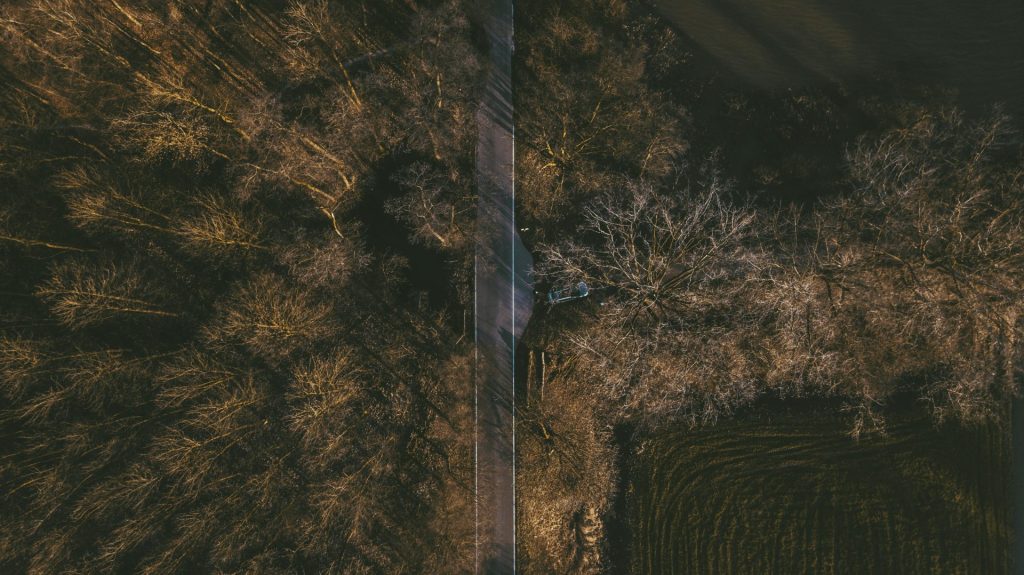
The transportation and logistics industry has seen promising developments with drone technology, especially in the realm of package delivery.
Drones are being tested for last-mile delivery to customers. Companies like Amazon and Google’s Wing are exploring drone delivery services to provide faster and more efficient delivery options, particularly in urban areas.
In remote or hard-to-reach areas, drones are used to deliver medical supplies, including vaccines, blood, and medications. This ensures timely medical care and can be especially life-saving in emergency situations.
Drones can also be used within large industrial complexes to transport tools, spare parts, and documents, thereby improving operational efficiency.
Scientists utilize drones to gather data that would otherwise be difficult to obtain. UAVs offer a unique perspective and access to hard-to-reach areas for experimental and observational research.
Geologists use drones to study terrain and mineral deposits. Drones can create detailed maps and models of geological sites, which is critical for understanding natural resources and potential hazards.
In marine biology, drones provide a non-intrusive way to monitor marine life. UAVs can track migration patterns, survey coral reefs, and collect samples from the ocean surface.
For atmospheric scientists, drones offer a versatile platform for studying weather patterns. Equipped with sensors, drones can measure humidity, temperature, and wind speeds at various altitudes.
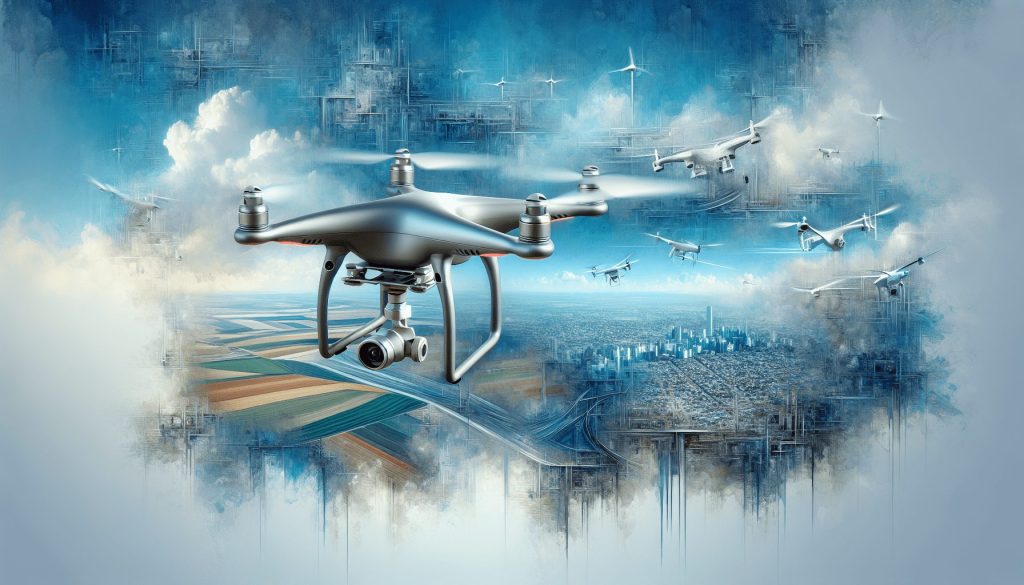
Drones are not just tools for serious work; they also contribute significantly to entertainment and recreational activities.
Drone racing has become a popular sport, with leagues and competitions held worldwide. Pilots maneuver drones through complex courses at high speeds, showcasing their skills and entertaining spectators.
Hobbyists enjoy flying drones for fun, exploring areas from a bird’s-eye view, and capturing personal footage. The advancements in drone technology have made it easier for amateurs to access high-quality UAVs.
Drones serve as educational tools in schools and universities. Students learn about robotics, engineering, and programming by building and flying drones as part of hands-on projects.
Security agencies and businesses leverage drones for surveillance and monitoring purposes, enhancing safety and security measures.
Drones are used to patrol large perimeters, such as borders, industrial sites, and private properties. They can detect intrusions and potential threats more effectively than traditional methods.
During large public gatherings or protests, drones provide an aerial view to monitor crowd behavior and ensure public safety. Law enforcement agencies can quickly respond to incidents as they arise.
| Application | Use Case |
|---|---|
| Perimeter Security | Monitoring and safeguarding large areas |
| Crowd Control | Observing public events and ensuring safety |
| Traffic Management | Assisting in the management of traffic flow and accidents |
Drones assist in managing traffic flow and responding to accidents. They provide real-time data on traffic conditions, allowing authorities to make informed decisions and improve congestion management.
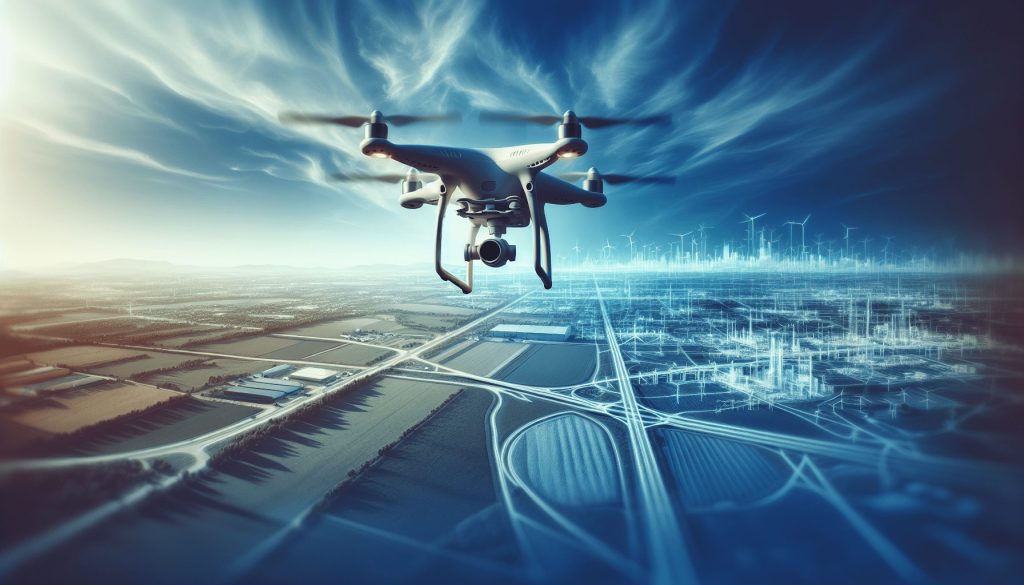
In times of crisis, drones can be a lifeline, delivering humanitarian aid to affected areas. Their speed and ability to reach remote locations make them invaluable in disaster relief efforts.
Drones can deliver essential emergency supplies such as food, water, and medical kits to communities cut off by disasters. This ensures that aid reaches those in need more quickly and efficiently.
In areas with limited access to healthcare, drones can support vaccination campaigns by transporting vaccines to remote villages. This can be crucial in controlling outbreaks of diseases like polio or measles.
The versatility of drones has proven to be transformative across various sectors. From agriculture and environmental conservation to public safety and entertainment, drones are reshaping the way we approach and solve challenges. Their continued development promises even more innovative uses in the future, making them an essential tool in our modern world.
By understanding the common uses of drones, you can appreciate their impact and potential in today’s society. Whether you’re interested in their applications in professional fields or recreational activities, the world of drones offers fascinating possibilities. So, next time you see a drone buzzing around, you’ll know that it’s more than just a high-tech toy—it’s a tool that’s revolutionizing industries and improving lives.